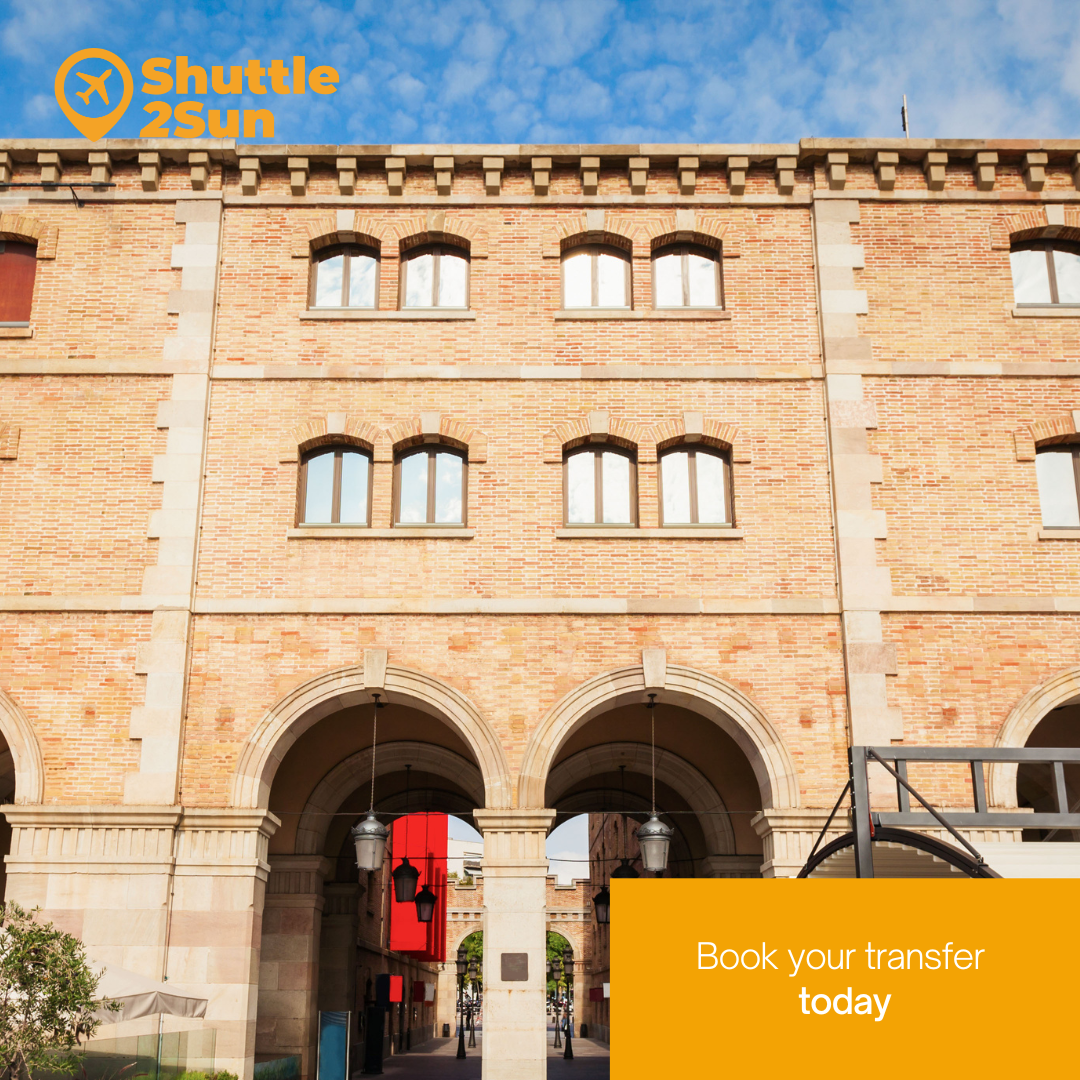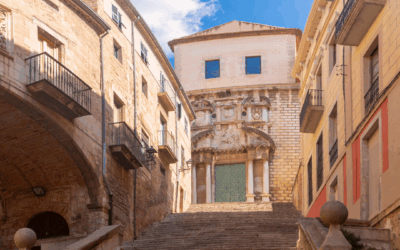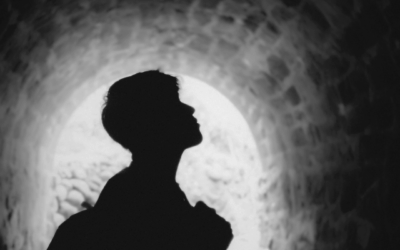Barcelona is a melting pot of cultures and eras. Although its architectural innovations and vibrant modern life attract all the attention, the city has a historical legacy that stretches from Roman settlements to the effervescence of the 20th century. For visitors who want to go beyond the surface and understand how the Catalan capital was forged, the best gateway is its rich network of history museums.
These museums are authentic time capsules that offer a unique perspective, immersing visitors in historical, social and cultural narratives that explain the complexity and dynamism of Barcelona and Catalonia.
In this article, we will explore Barcelona’s must-see history museums. Get ready to embark on a fascinating journey through the centuries in the heart of Catalonia. Remember that you can book your Barcelona Airport Transfer with Shuttle2Sun. Their shared transfer services and private transfer services allow you to reach Barcelona from Barcelona Airport, Barcelona Port, Girona Airport, Reus Airport and the Camp de Tarragona AVE train station.
Barcelona History Museum (MUHBA)
The Barcelona History Museum (MUHBA) is not a single institution, but a network of heritage sites scattered throughout the city, whose main objective is to showcase the history of Barcelona from its origins to the present day through its own historical sites.
The headquarters and underground Barcino
The MUHBA headquarters are located in Plaça del Rei, in the heart of the Gothic Quarter.
What makes this museum truly exceptional is that its main exhibition is the archaeological site located beneath the square.
Descending underground, visitors walk through more than 4,000 square metres of Roman ruins from ancient Barcino.
This underground tour offers a close-up view of the remains of houses, streets, laundries, a fullonica (dye factory) and the early Christian basilica, illustrating urban life from the founding of the Roman colony to the 7th century AD.
A network of spaces throughout the city
The MUHBA extends its narrative across different eras and neighbourhoods through its various locations, covering a broad spectrum of the city’s history.

For example, the Born CCM focuses on Barcelona in 1700, showing the site of the houses demolished after the siege of 1714; the Call is dedicated to life in the medieval Jewish quarter; and Refugi 307, in Poble-sec, bears witness to passive defence during the Civil War, among other spaces.
Shuttle2Sun offers shared transfer services and private transfer services so you can travel to Barcelona from Barcelona Airport, Barcelona Port, Girona Airport, Reus Airport and the Camp de Tarragona AVE train station.
Museum of the History of Catalonia (MHC)
The Museum of the History of Catalonia (MHC), located in the emblematic Palau de Mar in Barcelona’s Port Vell, offers a different historical perspective to that of the MUHBA, as its main focus is to trace and exhibit the evolution of Catalonia as a nation and society, from its earliest origins to the contemporary era.
The institution is housed in a unique historical setting: the Palau de Mar, the only 19th-century port building still standing in the dock area. Its permanent exhibition guides visitors through the milestones and key periods of Catalan history through a chronological narrative rich in objects, documents and museum recreations.

A journey through the history of Catalonia
The tour begins with the first settlers and prehistoric societies, moving on to the formation of the County of Barcelona, its Gothic splendour and its Mediterranean expansion during the Middle Ages. It then delves into the conflicts of the Modern Age and the crisis resulting from the War of Succession, a recurring theme in the MHC’s exhibitions. Finally, it addresses the profound transformation of the 19th and 20th centuries, with the Renaixença, industrialisation, social changes and the struggle for freedoms that led to the restoration of democracy.
Museum of Archaeology of Catalonia (MAC)
Majestically located on Montjuïc mountain, in what was the Palace of Graphic Arts during the 1929 International Exhibition, the Archaeology Museum of Catalonia (MAC) is the national institution responsible for conserving, researching and disseminating the archaeological heritage that illustrates the historical evolution of Catalonia and the western Mediterranean.
The MAC focuses on a vast temporal and geographical arc spanning from early humans to medieval times. Among its most notable collections are key pieces in Catalan history, such as the Neanderthal jawbone found in Sitges, one of the oldest human remains in Catalonia, and Iberian treasures, such as those from Tivissa.
Egyptian Museum of Barcelona
While most of Barcelona’s history museums focus on the local past, the Egyptian Museum of Barcelona represents a fascinating gateway to one of the oldest and most complex civilisations in the world. It is considered one of the most important private collections of Egyptian artefacts in Europe and a must-see for enthusiasts of antiquity.
The museum’s historical approach focuses on providing in-depth knowledge of Ancient Egypt through everyday life, art, religion and funerary practices. Visitors can see sarcophagi, mummies, jewellery, amulets, statues of deities and everyday utensils, providing a detailed insight into the culture of the Nile.
Your Transfer from Barcelona Airport
All these museums are essential windows that offer visitors the chance to touch the past and understand the complex historical stratification that defines Barcelona‘s vibrant identity. Remember that with Shuttle2Sun you can now book your transfer from Barcelona Airport to Barcelona. Shared transfer services and private transfer services offer you a comfortable and fast journey from Barcelona Airport, Barcelona Port, Girona Airport, Reus Airport and Camp de Tarragona AVE train station.



